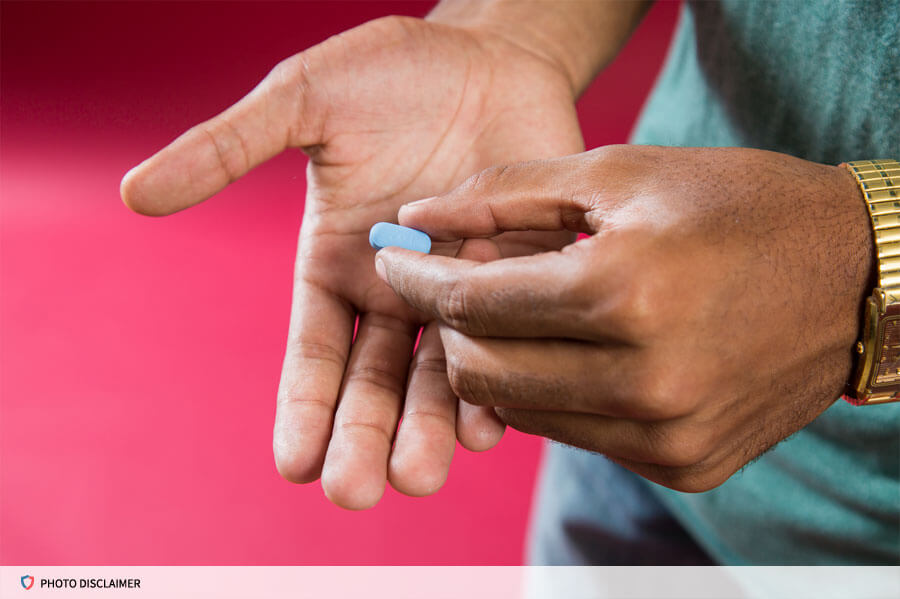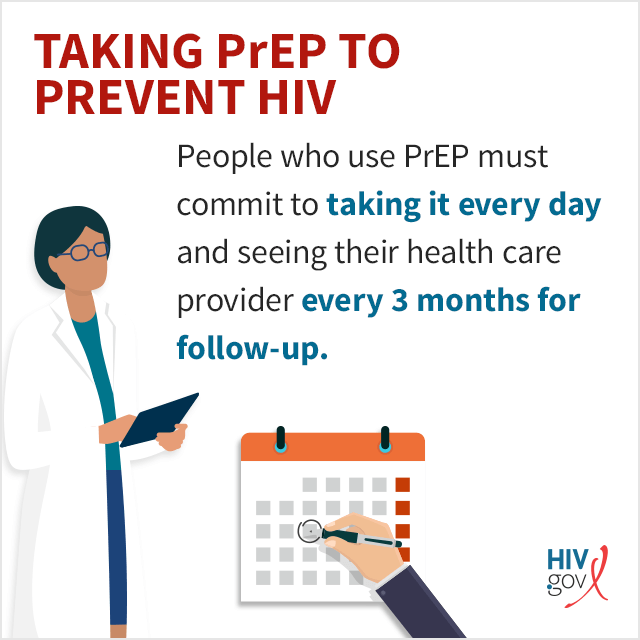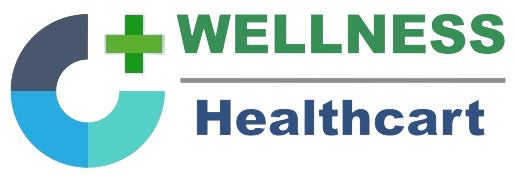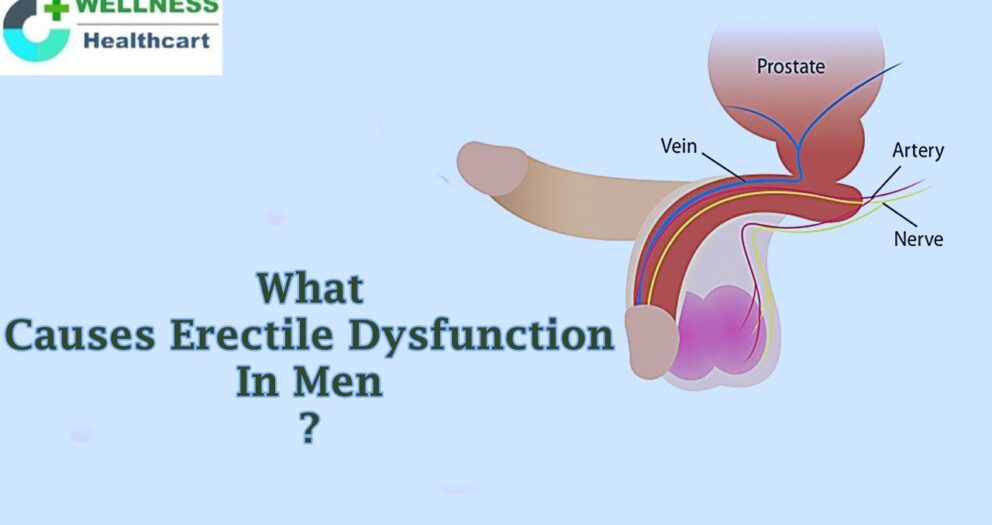What is PrEP?
PrEP, or pre-exposure prophylaxis, is an HIV prevention method in which people who don’t have HIV take HIV medicine to reduce their risk of getting HIV if they are exposed to the virus. PrEP can stop HIV from taking hold and spreading throughoutyourbody. Currentl, there are only two FDA approved daily oral medications for PrEP. PrEP is prescribed to HIV-negativeadults and adolescents who are at high risk for getting HIV through sex or injection drug use.

Why Take PrEP?
PrEP is highly effective when taken as indicated.
The once-daily pill reduces the risk of getting HIV from sex by more than 90%. Among people who inject drugs, it reduces the risk by more than 70%.
Your risk of getting HIV from sex can be even lower if you combine PrEP with condoms and other prevention methods.
Is PrEP Right for You?
PrEP may benefit you if you are HIV-negative, you have had anal or vaginal sex in the past 6 months, and you:
- have a sexual partner with HIV (especially if the partner has an unknown or detectable viral load),
- have not consistently used a condom, or
- have been diagnosed with an STD in the past 6 months.
PrEP is also recommended for people who inject drugs and have an injection partner with HIV, or who share needles, syringes, or other injection equipment.
It may be right for you if you’ve been prescribed PEP and you report continued risk behavior or have used multiple courses of PEP.
If you are a woman and have a partner with HIV and are considering getting pregnant, talk to your doctor about PrEP. PrEP may be an option to help protect you and your baby from getting HIV while you try to get pregnant, during pregnancy, or while breastfeeding.
Is PrEP Safe?
PrEP is safe. No significant health effects have been seen in people who are HIV-negative and have taken PrEP for up to 5 years.
Some people taking PrEP may have side effects, like nausea, but these side effects are usually not serious and go away over time. If you are taking PrEP, tell your health care provider if you have any side effect that bothers you or that does not go away.
And be aware: PrEP protects you against HIV but not against other sexually transmitted infections (STIs) or other types of infections. Combining PrEP with condoms will reduce your risk of getting other STIs.
How Do You Get PrEP?

If you think PrEP may be right for you, visit your doctor or health care provider. PrEP is only available by prescription. Any health care provider licensed to write prescriptions can prescribe PrEP; specialization in infectious diseases or HIV medicine is not required.
If you don’t have a doctor, you can use the HIV Services Locator to find a PrEP provider and other HIV services near you. You can visit many community health centers for a PrEP consultation. Many health centers in other jurisdictions also provide PrEP services.
Because PrEP is for people who are HIV-negative, you’ll have to get an HIV test before starting PrEP and you may need to get other tests to make sure it’s safe for you to use PrEP.
If you take PrEP, you’ll need to see your healthcare provider every 3 months for repeat HIV tests, prescription refills, and follow-up







Write a comment
You must be logged in to post a comment.